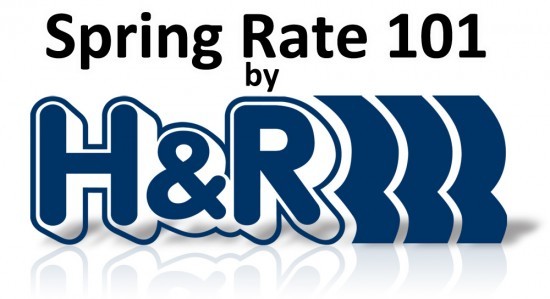Category : About Your Car
Back to Blog
Spring Rate 101 by H&R Springs
By Perrin Performance

Thank you for signing up.